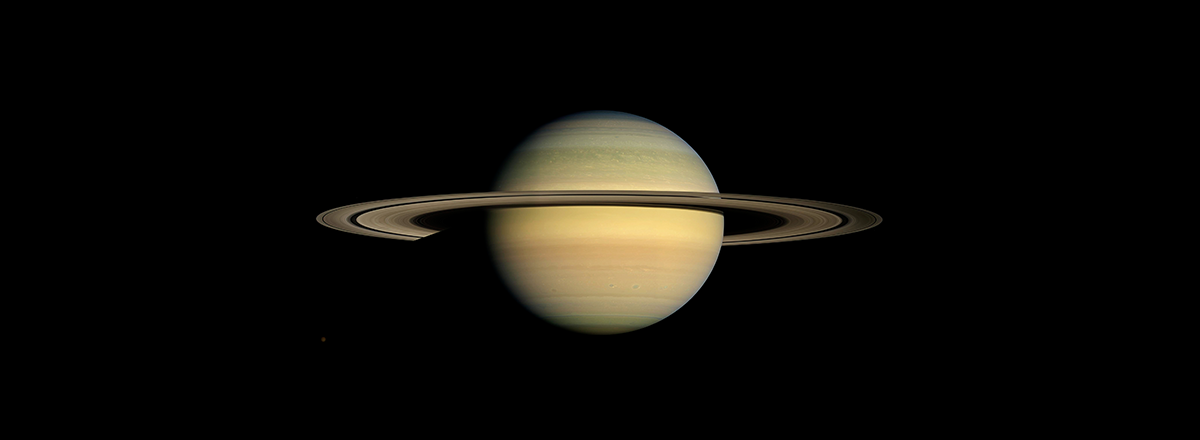Saturn's Enigmatic Rings Might Have Originated From a Moon Collision
This research draws on data gathered by NASA's Cassini spacecraft, whose observations revealed that the material composing Saturn's rings consists of nearly pure ice with minimal dust contamination.

Saturn's iconic rings might owe their existence to a dramatic cosmic collision. A new study, supported by NASA and conducted by researchers from Durham University, proposes that the formation of Saturn's rings could be attributed to a colossal collision between two moons.
This research draws on data gathered by NASA's Cassini spacecraft, which orbited Saturn from 2004 to 2017, providing crucial insights into the planet and its surroundings. Cassini's observations revealed that the material composing Saturn's rings consists of nearly pure ice with minimal dust contamination. This purity indicated that the rings must be relatively young, likely just a few million years old, in contrast to the solar system's 4.5-billion-year history.
Using supercomputers, scientists ran almost 200 simulations of potential collisions between icy moons to decipher the origins of Saturn's rings. These simulations suggested that a collision between moons roughly the size of Saturn's Dione and Rhea could explain the ring formation.
The study was published in The Astrophysical Journal.

